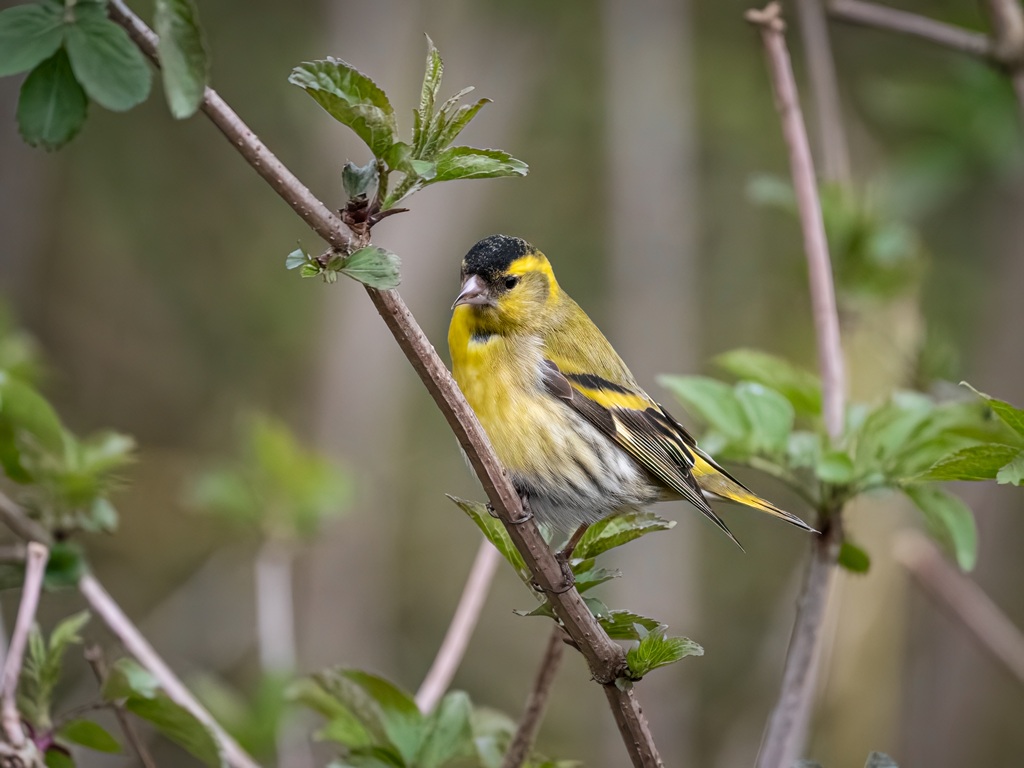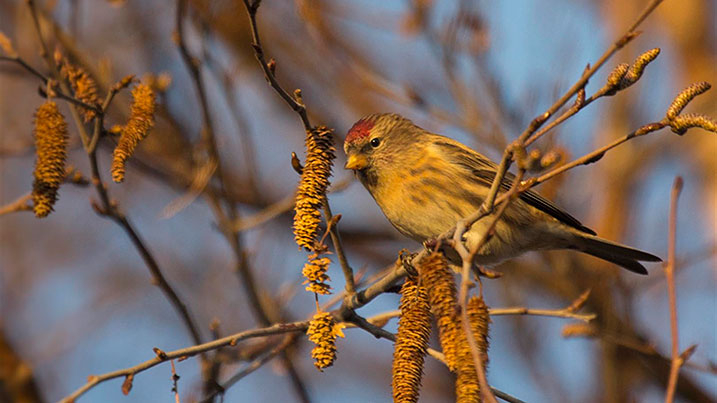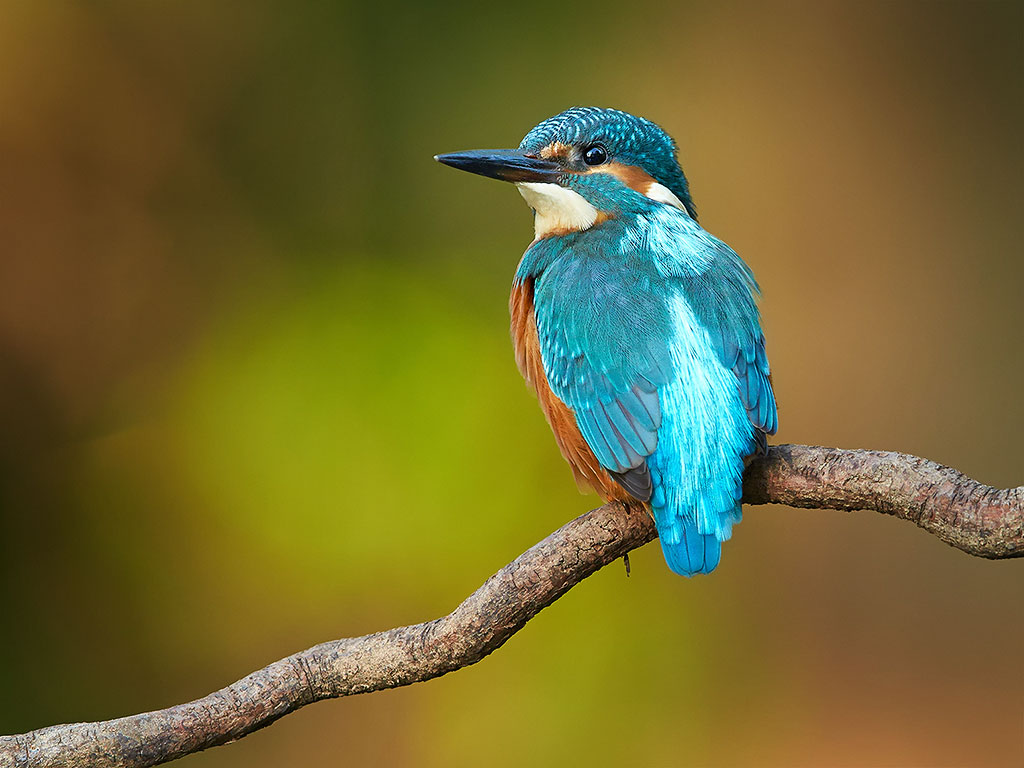Recent Sightings - 29th June 2020
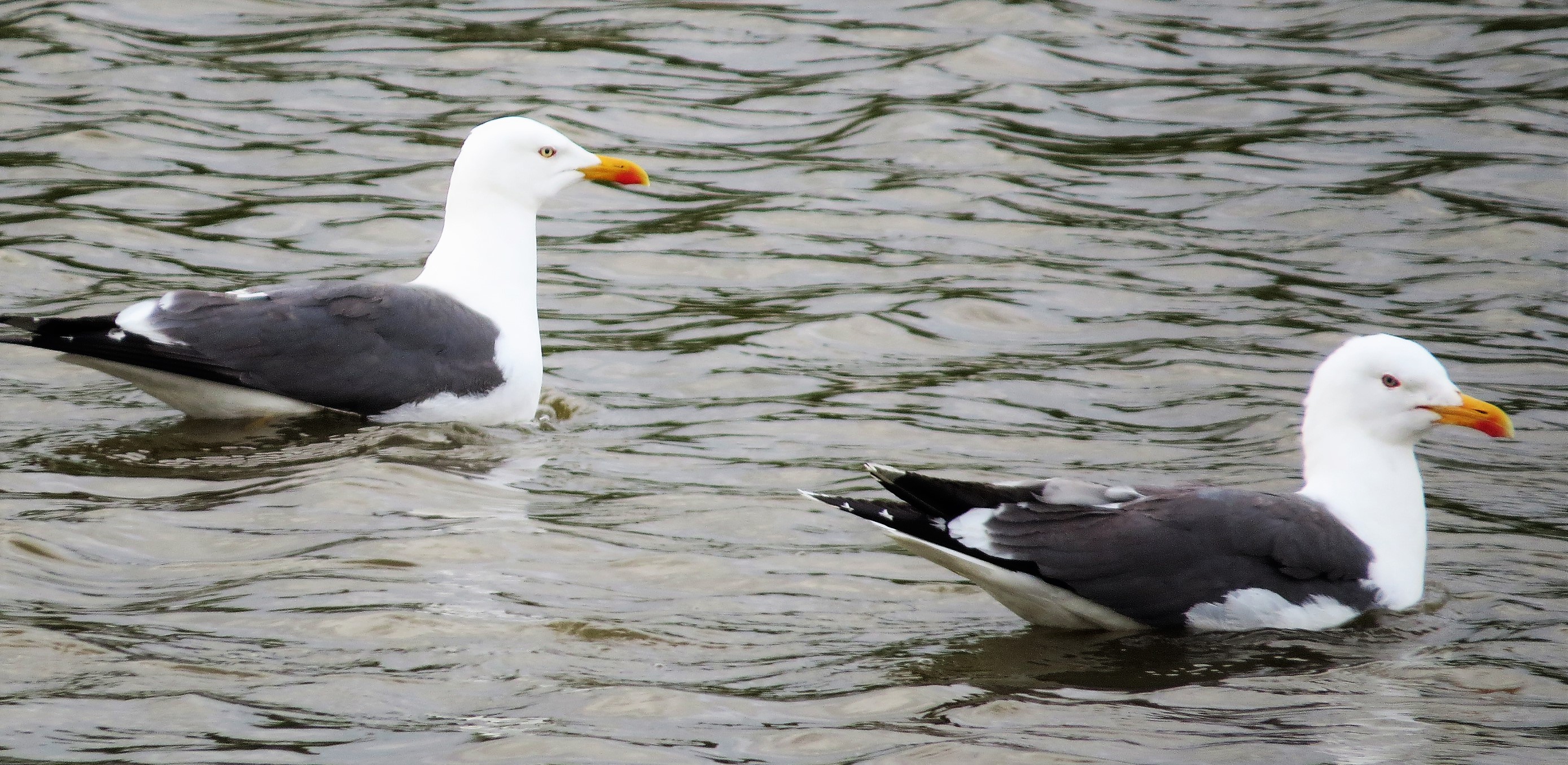
The following sightings were taken yesterday from the reserve at Castle Espie during mid-tide. With many of the Black-headed gull chicks fledged, some birds are still on eggs, either delayed nesting or second brood for some birds. The colony is accompanied by the presence of Lesser black-backed gulls. These gulls breed locally and have generally increased its numbers over the past century here. They are seen throughout the year, and they nest colonially, often with other gulls, in coastal areas and islands offshore, as well as on the rooftops of buildings. The feeding strategies within this species are known to differ, and they can forage over large distances. The birds at Castle Espie are opportunistic hunters and can be seen patrolling over the Black-headed gull and tern colony throughout the breeding season.
Estuary - visible from the Brent Hide and the Limekiln Observatory
Black-headed gull 43, Lesser black-backed gull 2
Main lake - visible from Sensory garden and Visitor centre
Tufted duck 7, Mallard 24, Goldeneye 1, Little grebe 1, Black-headed gull 18, House martin 1, Greylag goose 8, Shoveler 1
Shingle Bank - visible from Sensory garden and Visitor centre
Black-headed gull 49, Mallard 10, Moorhen 2, Greylag goose 5
Wadermarsh - visible from Wadermarsh lookout and Brent Hide
Black-headed gull 51, Coot 3, Tufted duck 2, Black-tailed godwit 1, Swallow 1, Lesser black-backed gull 1, Jackdaw 1
Freshwater Lagoon - visible from Brent Hide and Crannóg
Black-headed gull 88, Swallow 2, Gadwall 2, Moorhen 2, Tufted duck 3, Shelduck 8, Grey heron 1, Jackdaw 2
Saline Lagoon - visible from Limekiln observatory
Black-headed gull 64, Common tern 16, Tufted duck 1, Little grebe 1, Redshank 2
Brickworks
Wren 1
Limestone Lake
Little grebe 2
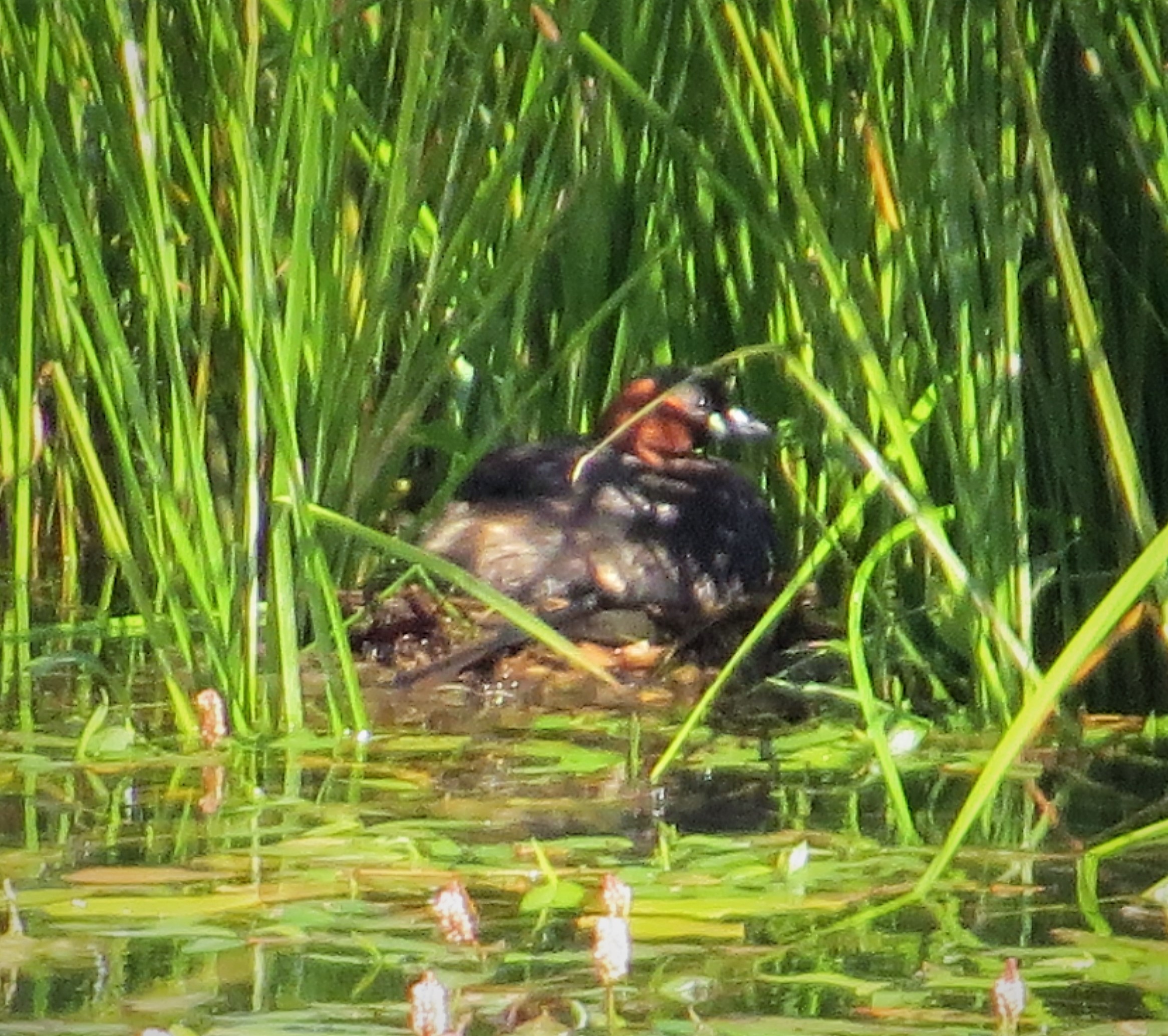
Peninsula Saltmarsh
Common tern 1, Black-headed gull 1
Peninsula Field
Meadow pipit 1
Woodland
Blackbird, Wren, Chaffinch, Robin, Blue tit, Bullfinch, Great tit, Wood pigeon, Buzzard, Magpie
Other
After a slow start Ringlet butterfly have made an appearance and are regularly seen throughout the reserve during breaks in the weather.
